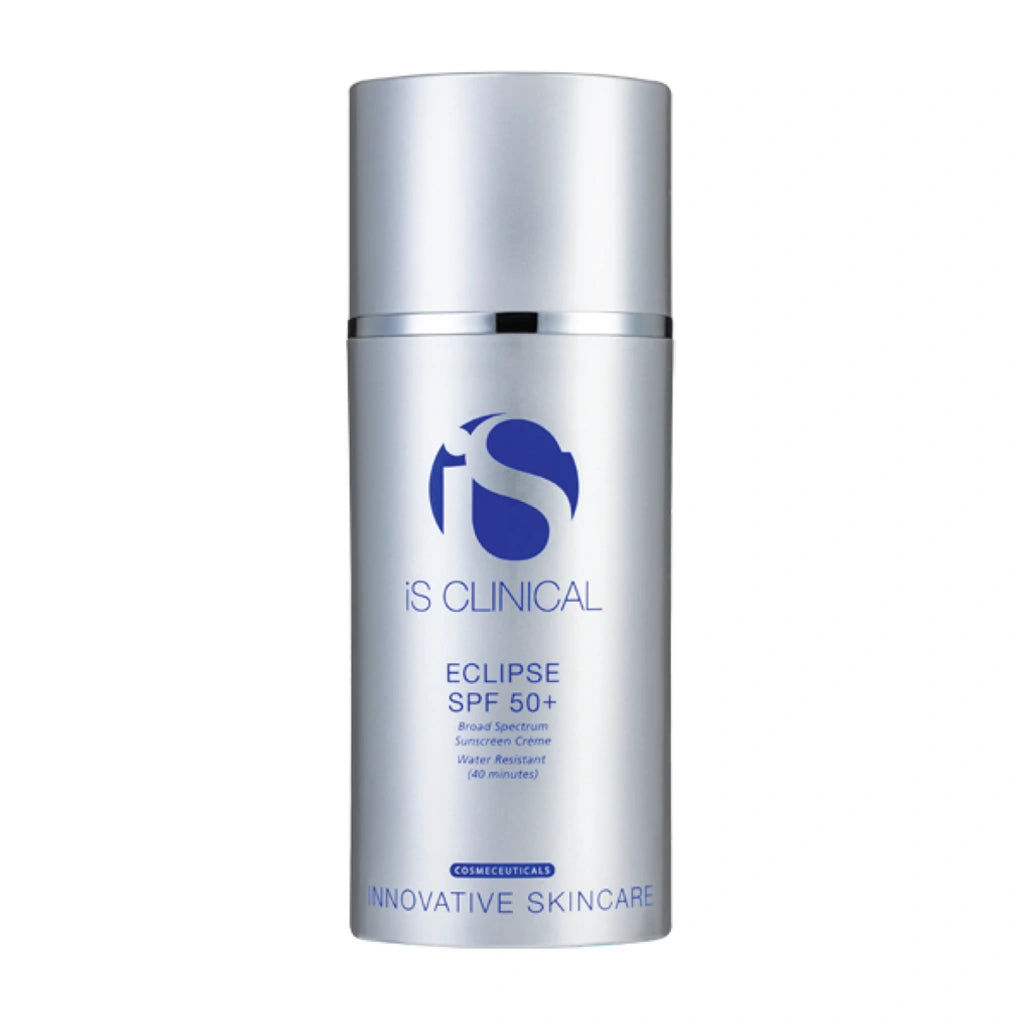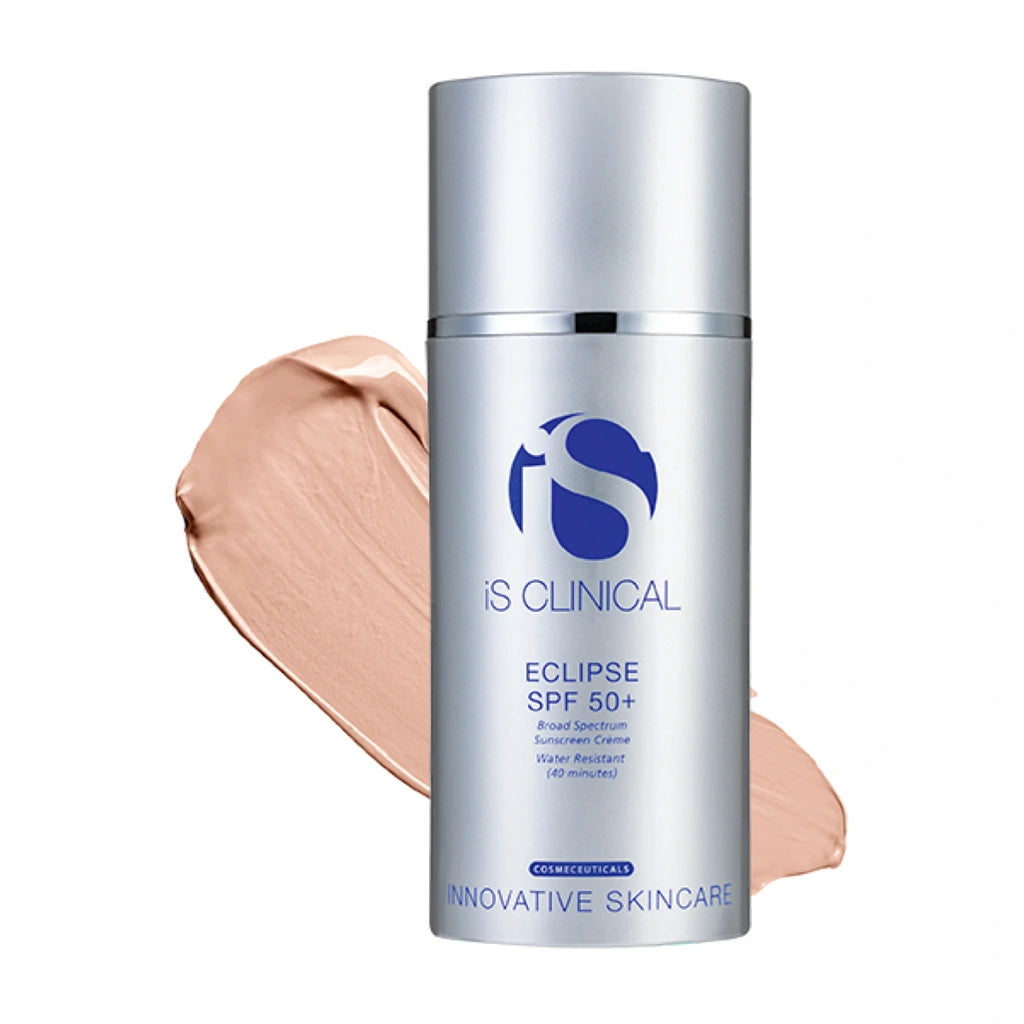The Sunscreen Blueprint
Written By Dr. Pooja Shah Talera
Photography By Unknown
Cyanotype aka Sun Printing is a photosensitive photographic printing process that produces a cyan-blue print discovered in 1842. Similar to SPF, only areas exposed to the sun allow for the action of light and its effects (uh pigmentation).
READ TIME: 5 minutes
What is happening at the molecular level?
Here’s a quick biophysics about sun and skin. The solar radiation, aka the sun that shines brightly on us is primarily made up of UV Radiation (UVR), Visible light and Infrared radiation. The UVR consists of UVC - which barely makes it to the earth thanks to our ozone layer, UVB - 5-10% and UVA 90-95%. UVB radiation was the reason why sunscreens were first marketed as they are notorious for causing burns. Due to its short wavelength and high energy, UVB penetrates the epidermis and results in burns, photoaging, hyperkeratotic skin and precancerous lesions due to cellular damage from ROS. However further studies have demonstrated that UVA rays are now equally damaging to the skin if not more. UVA with longer wavelengths penetrate deeper till the dermis resulting in damage of the collagen and elastin fibers that render youthfulness to the skin. Since UVA is higher in concentration than UVB, has the same strength all round the year and can penetrate clouds and glass, unlike UVB which is strongest only in Spring & Summer 10am to 4pm, UVA results in cumulative oxidative damage resulting in skin cancer and aging.
What about tan and hyperpigmentation?
A tan is what you see with immediate darkening of the skin that can happen in a couple of hours. This is primarily due to UVA which causes oxidation of melanin precursors and redistribution of melanosomes to the upper layer of the skin resulting in Immediate Pigment Darkening and sometimes Persistent Pigment Darkening. Think of melanin as umbrella beds on the beach. As the sun shines onto the skin, little umbrellas open up to offer protection to the skin, albeit limited. This type of pigmentation fades away quickly.
Hyperpigmentation, more accurately categorised as delayed tan or darkening of existing pigmentation occurs due to UVB causing increased melanin production through upregulation of melanocyte activity. This usually appears 3-14 days after exposure and lasts for months sometimes. This gives the skin good photoprotection, however at the cost of other irreversible damage.
UVR also causes darkening of pigmentary disorders like the nasty melasma. In fact sun protection is the number one treatment for melasma.
Blue light emitting from our digital devices and light pollution - are these something you should be concerned about?
Earthlings receive almost 50% of visible light and about 5-7% of UVR. Blue light or high energy visible light that comes from the VIB end of white light has a longer wavelength than UVR and penetrates deeper. Since we also receive a large amount of it, the cumulative damage theory resulting in hyperpigmentation and inflammation has been proposed. However photofacials and red light have been traditionally used in the aesthetic industry. Whilst literature is still preliminary and evidence is conflicting, it is sure that traditional sunscreens do not offer protection from blue light.
The relationship between Vitamin D and sunlight?
UVB is required in the production of the fat soluble Vitamin D, the sunshine Vitamin. 1,25-dihydroxyvitamin D which is the biologically active form, plays an important role in regulating calcium and phosphate metabolism for maintenance of metabolic functions and for skeletal health. During sun exposure, the skin absorbs the UVB and converts it to previtamin D3. Since we receive only 0.1% of UVB as most of it is absorbed by the ozone, clouds and glass, it does not penetrate clothes well and it decreases with latitude; exposure to the mid-day sun in spring-summer until the skin is a healthy pink is recommended for Vitamin D production. Darker skinned individuals require longer exposure to sunlight to receive the required dose of UVB. This seems contradictory with the recommendation of use of sunscreen.
For practical purposes most of us use sunscreen on the face only, which going by the rule of 9s, is responsible for only 9% of UV absorption. Loosely, lightly woven fabric or clothing exposing the skin still allows sunlight to be absorbed. But it is really the shift to an indoor working culture that has resulted in widespread deficiency of Vitamin D. The current recommendation is for regular oral replacement of this vitamin as few foods meet the dietary requirement.
Is sunscreen seasonal?
No! As long as you don’t live in a cave, you need to wear sunscreen. UVA light penetrates clouds and glass and UVB is maximum in the summer. So whether it's summer or winter, rainy or cloudy, beach or mountain, your sunscreen should be going on as the last layer for your skincare routine.
Is sunscreen for coloured skin equally important?
Yes, brown skin is photoprotective as mentioned above but probably with an SPF of 2. Hence it is still prone to skin cancers, burns, photoaging, premature aging and hyperpigmentation.
The final verdict?
So now that you have a good reason to apply sunscreen, what exactly should you be doing? Use a broad spectrum sunscreen that offers both UVA and UVB protection with an SPF of 30 and PA+++, preferable mineral as long as you are not living in a cave. Apply ½ tsp to your face evenly or a 2 tbsp to your entire body at least 30 minutes before going out as the last step of your skincare routine. Repeat after 2 hours or if you have just swam or sweated or towel dried.
Read our technical guide to everything sunscreen to familiarise yourself with the sunscreen vocabulary before you browse our Sun Care Edit.





















